What is it keratosis pilaris?
Keratosis pilaris is a very common form of dry skin characterized by hair follicles plugged in by scale.
Abutment keratosis
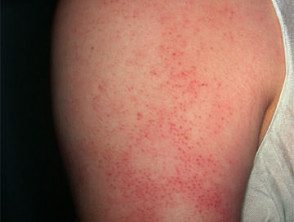
Keratosis pilaris rubra
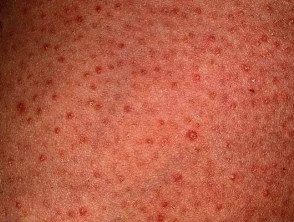
Keratosis pilaris close-up
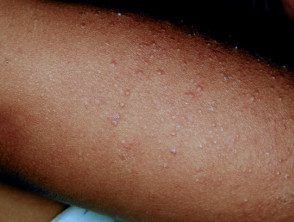
Keratosis pilar on dark skin
See more images of keratosis pilaris.
Who gets keratosis pilaris?
Abutment keratosis affects up to half of normal children and up to three-fourths of children with ichthyosis vulgar (a dry skin condition due to filaggrin gene mutations) It is also common in children with atopic eczema.
Although it is most prominent during adolescence, and less common in the elderly, it can occur in children and adults of all ages.
What causes keratosis pilaris?
Abutment keratosis is due to abnormalities keratinization of the lining of the upper part of the hair follicle (the follicular infundibulum) The scale fills the follicle instead of exfoliating.
The tendency to keratosis pilaris has genetic origins, with autosomal Dominant inheritance (up to half of the children of an affected individual may show signs of keratosis pilaris to a varying degree).
Keratosis pilaris-like lesions can arise as a side effect of Cancer therapies like vemurafenib.
What are the clinical features of keratosis pilaris?
Abutment keratosis most often affects the external appearance of both arms. It can also occur on the thighs, buttocks, and sides of the cheeks, and less frequently on the forearms and upper back. the distribution it is symmetrical.
the scaly The spots may appear skin-colored, red (keratosis pilaris rubra) or brown (hyperpigmented pillar keratosis). They are not itchy or painless.
Abutment keratosis tends to be more prominent at times of low intensity. humidity, as in the winter months.
Atrophic keratosis pilaris
Atrophic abutment keratosis refers to rare forms of abutment keratosis in which there is scar-like follicular depressions and hair loss. These include:
- Keratosis pilaris atroficans faciei (face)
- Erythromelanosis follicularis faciei et colli (face and neck)
- Ulerythema ophryogenes (eyebrows)
- Decalvana spinal follicular keratosis (scalp)
- Atrophoderma vermiculatum / folliculitis ulerythematosa reticulata (scarring of the cheeks).
Abutment keratosis
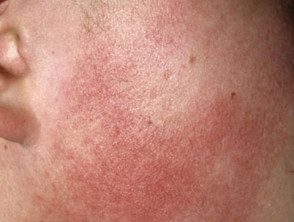
Keratosis pilaris rubra faciei
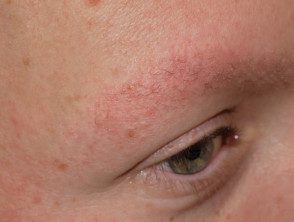
Ulerythema ophryogenes
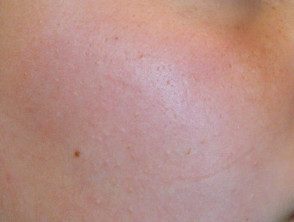
Atrophoderma vermiculata
How is keratosis pilaris diagnosed?
Keratosis pilaris is a clinical diagnosis.
Biopsy reveals:
- Epidermal hyperkeratosis
- Hypergranulosis
- Capped hair follicles
- Mild surface perivascular lymphocytic inflammation.
What is the treatment for keratosis pilaris?
There is no cure available for keratosis pilaris. The following may be useful:
- Soap-free cleaners (soap can exacerbate dryness)
- Rub with a pumice stone or exfoliating sponge in the shower or bath
-
Moisturizing cream containing urea, salicylic acid or alpha hydroxy acids
- Current retinoids,
- Pulse Dye To be Treatment or Intense Pulsed Light (IPL): This can reduce redness (at least temporarily), but not roughness
- Laser assisted hair removal.
What is the result of keratosis pilaris?
Keratosis pilaris may become less obvious over time. Atrophy or scars with hair loss is permanent.
